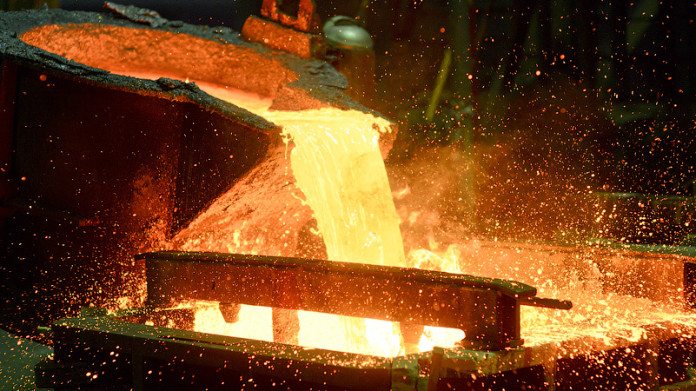
IMPALA Platinum (Implats) is sticking to its guns on Zimplats for both commercial and longer-term strategic reasons despite continued pressure from the Zimbabwe government on indigenisation and the latest attempt to seize nearly half of Zimplats’ existing mining lease.
Acting CEO, Gerhard Potgieter, told Miningmx that the $260m being invested to develop the Mupani mine – which will replace the existing Rukodzi and Ngwarati mines – will all come from funds generated by Zimplats’ own operations. “We are not putting in any money over the fence from South Africa to develop that mine,” he said.
Potgieter commented that, strategically, Implats viewed Zimplats in the same way that competitor Anglo American Platinum viewed its projects on the Northern Limb of the Bushveld Complex as a source of long-term growth.
He added he believed that management was coping with the various political and regulatory issues in Zimbabwe that affected the future of Zimplats, including the latest threat by the government to seize nearly half of Zimplats existing lease area.
Implats has lodged an objection to the notice issued by the Zimbabwean government on January 13 to compulsorily acquire 27,948 hectares of the Zimplats lease. This latest attempted “land grab” is despite Zimplats having voluntarily surrendered a material chunk of its mineral rights more than a decade ago in order to secure title to the ground it now holds.
Potgieter said that should Zimplats lose the land, it would not affect the life-of-mine of the existing operation which is planned to produce 260,000 ounces of platinum annually for the next 35 years.
What the loss would do is scupper any major future “blue sky” expansions. At one stage Implats was looking at pushing Zimplats to produce as much as one million ounces of platinum annually depending on market demand.
But investor relations executive, Johan Theron, pointed out that, even if the ground was taken, Zimplats would not lose all the business because the new companies doing the mining would still have to get their production smelted and refined. “It means the shape of Zimplats’ future growth might change,” said Theron.
Potgieter said some progress had been made in discussions with the Zimbabwean government over the demand that Zimplats must be 51% controlled by indigenous Zimbabwean interests.
“We continue to engage in discussions with the government, but it now looks like the 51% rule is going to be applied to new mining operations and not existing ones.
“Instead, there is a new proposal being drafted by government to be gazetted in terms of which mines which spend 75% of their annual free cash flow within the country will be considered to meet indigenisation requirements. Zimplats easily meets that requirement”.
Over the past few years Zimplats has consistently been the most productive mine in the Implats stable reporting high profit margins because it is a highly-efficient and low-cost mechanized operation.
Despite this, conventional wisdom is that the market has allocated no value for the Zimplats asset in the current Implats’ share price which Potgieter wryly confirms, commenting: “So we have been told”.











